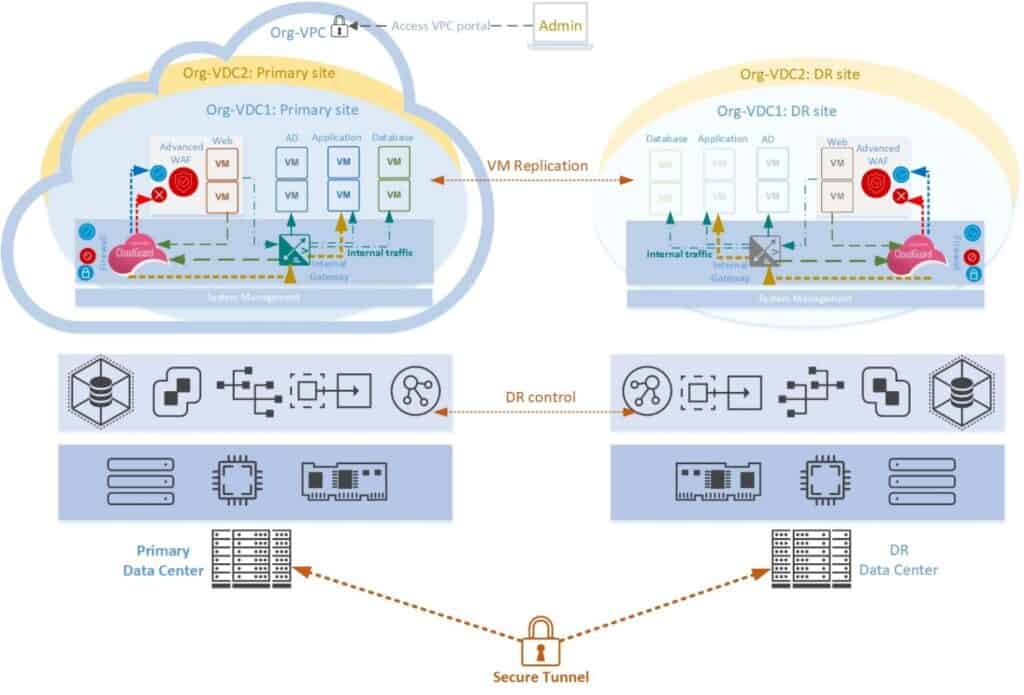Technology defined: DR as a Service (DRaaS) vs Disaster Recovery (DR)
Losing business-critical data can cost companies millions of dollars and force some companies to go out of business, which is why having a solid disaster recovery plan in place is critical to your business.
IT decision-makers are left with a complex quandary: do you create your own in house solutions or to go with a DRaaS solution? In this article, we will help to simplify this decision by going through some of the differences as well as the pros and cons of both options.
Traditional Disaster Recovery (DR)
Traditional DR is when a company owns and operates its own disaster recovery strategy. This typically involves:
- Protecting data through tape backup and/or imaging, or,
- Replicating their production environment to an onsite DR site.
Both of these come with a number of best practices that will have to be followed by their IT team, however, organizations normally lean more towards a more traditional DR approach because they do not feel comfortable with having their data stored externally.
Key problems with the traditional approach are the fact that it hinders RTOs and RPOs, involves hidden costs (moreover with huge initial costs and operating costs) that accrue quickly, and is a very timely process.

Disaster Recovery as a Service (DRaaS)
Disaster Recovery as a Service (DRaaS) is a cloud-based offering that replicates and hosts your applications and business critical data to Virtual Machines (VMs).
Your third-party vendor creates snapshots/instances of your data either on timed or scheduled intervals and then stores this information on a cloud, which can then be loaded back on to your machine in the event of a disaster (i.e. file deletion, malicious ransomware attacks, etc.).
The VMs will be replicated according to the calibration and balance (in terms of time, priority) in accordance with the types of applications that the business is deploying. vCloud Director Availability will perform signal controls to determine whether to enable failover when an error is detected. The downtime and failover time regulations will be discussed with the organization during the contract period.
As long as there are no major network issues as a result of your disaster, you can recover your data fairly quickly to minimize downtime. DRaaS also offers substantial cost savings organizations don’t have to invest in the infrastructure or resources required to manage their backup solutions.

To learn more about the Backup as a Service (BaaS) and our other services such as Virtual Private Cloud or Firewall as a Service, please contact Cloud Space for advice:
- Hotline: (+84) 86 980 5768
- LinkedIn: https://www.linkedin.com/company/cloudspacevn
- Website:
+ https://cloudspace.vn
+ https://hybridcloud.com.vn
+ https://publiccloud.com.vn